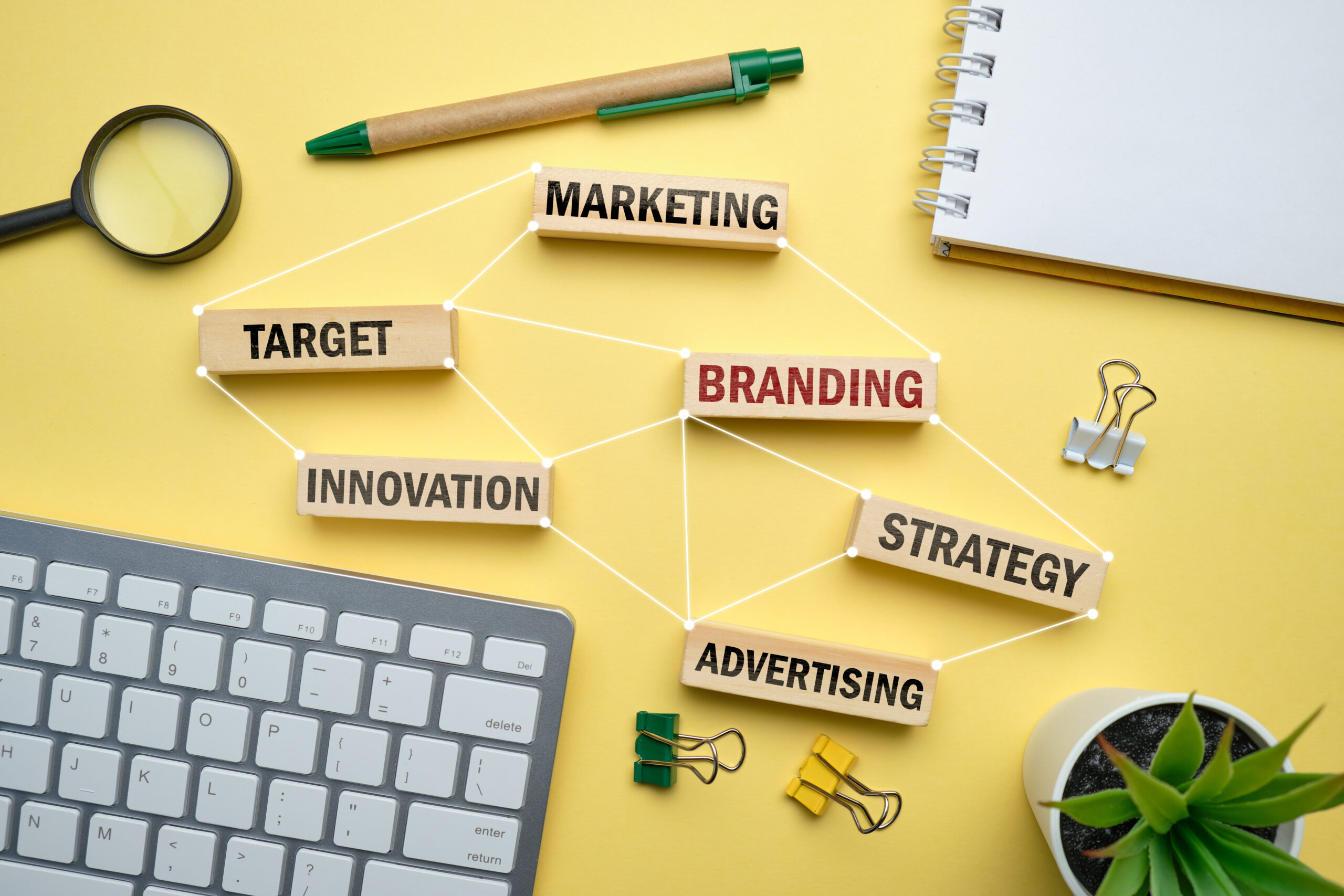In the vast landscape of digital marketing, two prominent strategies often take center stage: Search Engine Optimization (SEO) and Pay Per Click (PPC). These techniques play pivotal roles in enhancing online visibility, driving traffic, and ultimately, contributing to the success of a business’s online presence. In this comprehensive exploration, we will delve into the nuances of SEO and PPC, understanding their key differences, advantages, and scenarios where each excels.
Understanding SEO
Search Engine Optimization, commonly known as SEO, is a multifaceted approach aimed at improving a website’s visibility on search engine results pages (SERPs) organically. In contrast to PPC, SEO does not require direct payments for placing advertisements. Instead, it relies on optimizing various elements of a website to align with search engine algorithms, thus increasing the likelihood of ranking higher in search results.
On-Page Optimization: One of the foundational aspects of SEO is on-page optimization. This includes refining meta tags, headlines, and content to align with relevant keywords. Creating high-quality, engaging content that satisfies user intent is crucial for SEO success.
Off-Page Optimization: Off-page optimization involves building high-quality backlinks, social media signals, and other external factors that contribute to a website’s authority. Backlinks from reputable websites are particularly influential in signaling to search engines that the content is valuable and trustworthy.
Technical SEO: Technical SEO is dedicated to enhancing the technical elements of a website, including factors like website speed, mobile responsiveness, and crawlability. These factors contribute to a positive user experience and can impact search engine rankings.
Understanding PPC
Pay Per Click, or PPC, is a paid advertising model where advertisers pay a fee each time their ad is clicked. PPC campaigns are usually run through platforms like Google Ads or Bing Ads, and advertisers bid on keywords relevant to their target audience.
Keyword Research and Targeting: PPC heavily relies on effective keyword research and targeting. Strategically Targeting Audience Searches: Advertisers’ Keyword Bidding Approach. The higher the bid, the more likely the ad will appear prominently in search results.
Ad Creatives: Compelling ad creatives are essential for PPC success. Advertisers need to craft attention-grabbing headlines and persuasive ad copy to entice users to click on their ads. Visual elements, such as images or videos, also play a crucial role in capturing audience attention.
Budget Management: In PPC, advertisers set daily or monthly budgets to control their spending. The cost per click (CPC) can vary based on factors like competition and keyword demand. Efficient budget control is crucial to guarantee a favorable return on investment (ROI).
Differences Between SEO and PPC
Cost Structure: The most apparent difference between SEO and PPC is the cost structure. SEO operates organically and doesn’t require direct payments for each click. On the other hand, PPC requires advertisers to pay for each click on their ads, and the costs can vary based on competition and bidding strategies.
Speed of Results: PPC offers quicker results compared to SEO. Once a PPC campaign is set up and activated, ads can start appearing in search results almost immediately. In contrast, SEO is a long-term strategy that requires time for optimization efforts to show significant results.
Long-Term vs. Short-Term Strategy: SEO is often considered a long-term strategy, as the benefits accumulate over time. Once a webpage ranks high in search results, it can enjoy sustained organic traffic. PPC, on the other hand, provides immediate visibility but stops generating traffic once the advertising budget is exhausted.
Click Quality: While PPC generates immediate clicks, the quality of those clicks can vary. Some users may click on ads without genuine interest, leading to a lower conversion rate. In SEO, organic traffic tends to be more targeted, as users are actively searching for information related to the content.
When to Use SEO or PPC
SEO for Sustainable Growth: SEO is well-suited for businesses seeking enduring and steady long-term expansion. It’s particularly effective for establishing authority in a specific industry and generating consistent organic traffic. However, patience is crucial, as SEO results take time to materialize.
PPC for Quick Visibility: PPC is well-suited for businesses seeking immediate visibility and quick results. It’s effective for product launches, promotions, or time-sensitive campaigns. PPC is also advantageous when testing the performance of different keywords and ad creatives.
Combining SEO and PPC for Synergy: Many businesses find success in combining SEO and PPC strategies to leverage the strengths of both. While SEO works on building a strong organic presence, PPC can be used to target specific keywords, demographics, or geographic locations for more immediate results.
Conclusion
In the dynamic realm of digital marketing, the choice between SEO and PPC depends on various factors, including business goals, budget, and timelines. Both strategies have unique advantages, and their effectiveness can be maximized when used strategically and in tandem. Ultimately, a well-informed approach that aligns with the specific needs of a business will pave the way for a successful online presence. Whether it’s the patient growth of SEO or the immediate visibility of PPC, the key lies in understanding the nuances and harnessing the power of each strategy.





